Types of cabbage
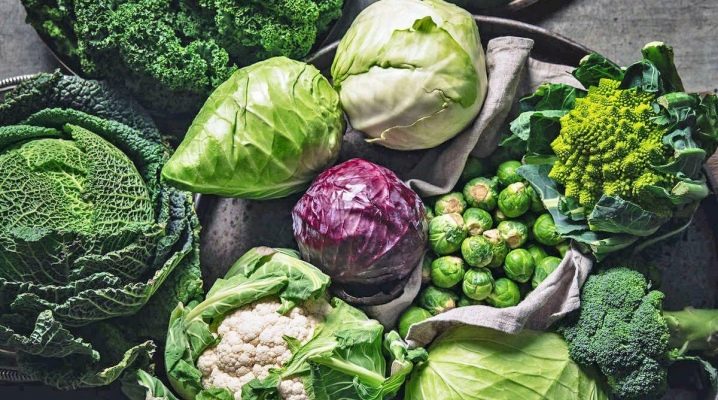
Cabbage is a common vegetable found in many areas. Almost all types of this plant are popular among gardeners and chefs.
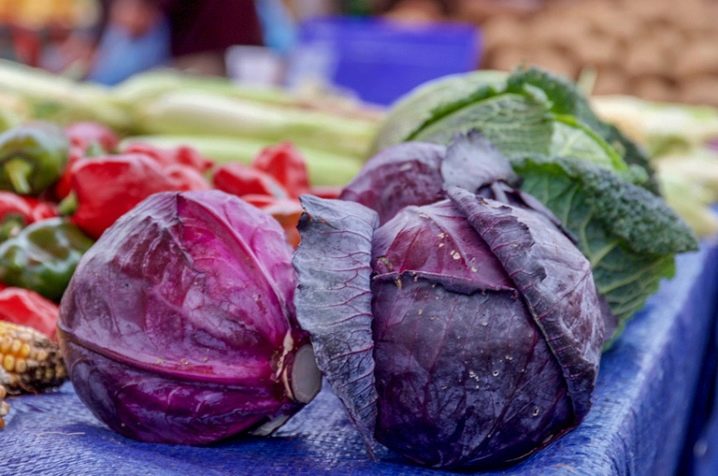
general description
Cabbage belongs to the common cruciferous family. The homeland of this plant is the Mediterranean. Cabbage appeared in Russia quite early. It is believed that this happened in the XI century. They began to actively cultivate cabbage about 200 years ago. Since then, it has been pickled, fermented and used to prepare fresh and stewed dishes.
Most varieties of cabbage have short stems. Plant leaves can be green, white or purple. The bottom sheets are usually larger. The upper leaves form a head of cabbage. It can be either round, flat or elongated. The taste of the head of cabbage varies depending on the varietal characteristics of the plant. Most often, the foliage of the culture is very tender, tasty and fresh.
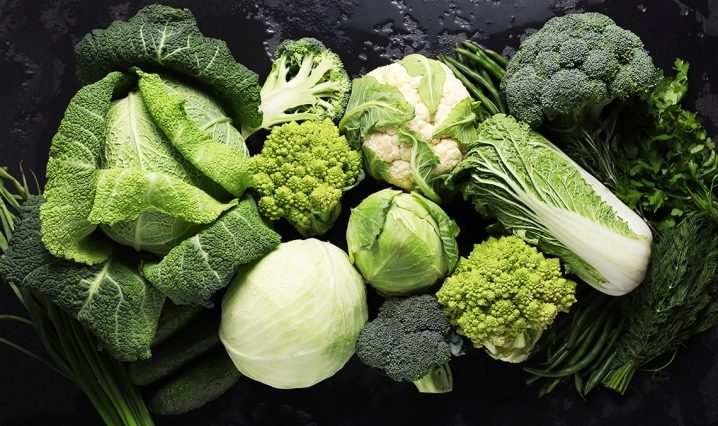
The root system of cabbage is strong. The root is well branched. Garden cabbage is grown in most regions by seedling method. This allows you to harvest a good harvest regardless of weather conditions.
Cabbage propagates by seeds. You can buy planting material or collect it yourself.
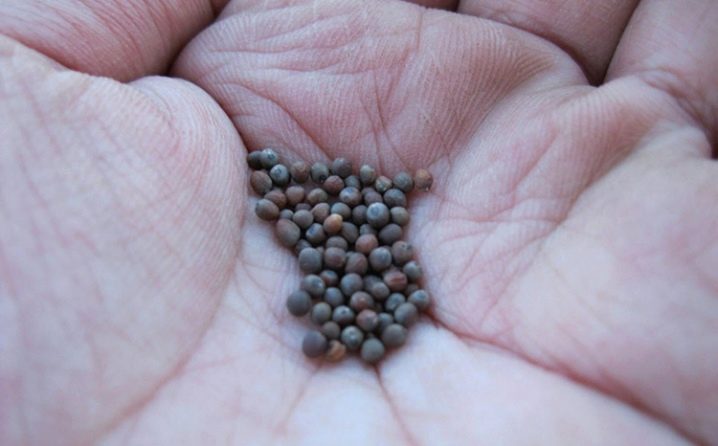
Cabbage
There are many different types of cabbage. The most popular is the cabbage one.
White-headed
Such plants are happily grown by gardeners around the world. Heads of cabbage contain a large amount of vitamins and trace elements useful for human health. The size and weight of these fruits are different. It all depends on the varietal characteristics of the plant.
To get a good harvest, cabbage is planted in lighted areas and watered regularly. Plants are huddled several times during the season. If they grow on poor soil, they are fed. Do this 2-3 times per season. Both organic and mineral fertilizers can be embedded in the soil.
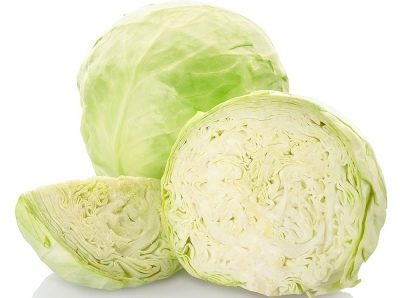
Early varieties are immediately used for cooking. Late-ripening vegetables are sent for storage.
They can sit in the refrigerator, on the balcony, or in the cellar for several months.
Redhead
This type of cabbage is also quite common. It differs from the previous plant variety only in color. The foliage and stems of red cabbage have a pleasant reddish-purple color. Only the veins and stubs of the plant are white.
It is very important to grow Krasnogolovka in sunny areas. In the shade, the color of the foliage becomes pale. In addition, heads of cabbage in poorly lit areas form much worse.
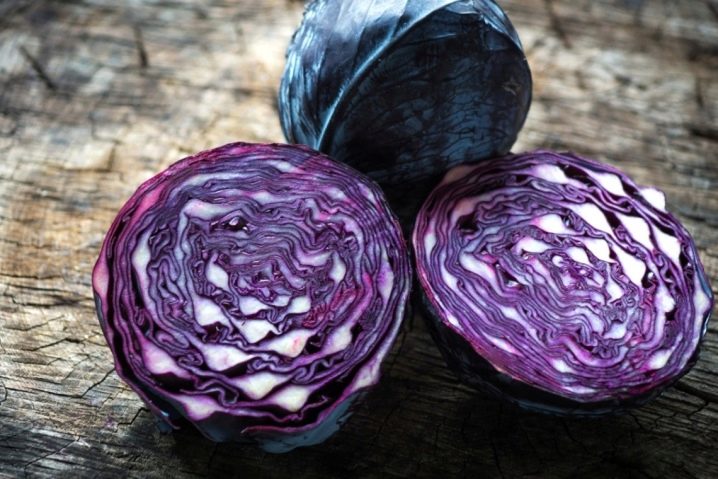
Correctly grown red cabbage can be stored for a long time both in the refrigerator and in the cellar or basement. Dishes from it are very tasty.
At the same time, this variety has its drawbacks. So, red cabbage has coarser foliage than white cabbage. In addition, it is not very suitable for cooking hot dishes, pickling and sourdough. It is better to use other plant varieties for this purpose.
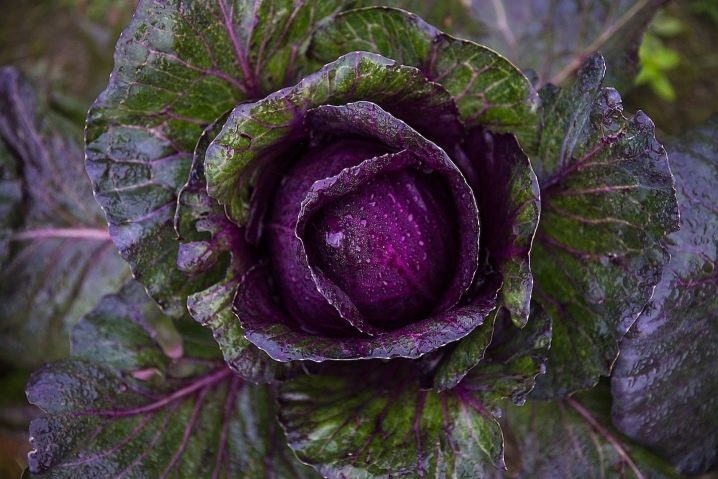
Savoy
This cabbage has a lot in common with white cabbage. Its main difference is corrugated wavy foliage. Her structure is very delicate. Therefore, this plant is perfect for preparing fresh salads. The foliage has a slightly sweet taste. Therefore, many people like it.
The plant has good frost resistance and is not afraid of heat. Pests do not like the delicate foliage of Savoy cabbage. Therefore, it is quite easy to care for her. Even novice gardeners can plant it on their site.
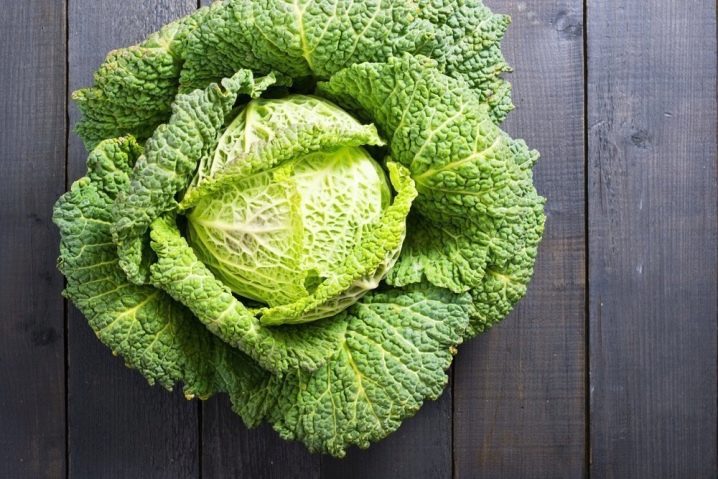
The disadvantage of such cabbage is that it is not stored for very long. Therefore, it is used immediately after harvest.
Do not freeze or preserve - for this it is better to use other types of cabbage.
What does the colored look like and how to grow it?
Cauliflower is also quite common. The color of such plants can be from white to purple.
This plant has a thick stem, around which dense large inflorescences are formed. In order for them to mature properly, they must be shaded. Otherwise, they may get burned. In general, cauliflower does not tolerate drought very well. This means that in hot weather, special attention should be paid to caring for such plants.
Heads of cabbage are rich in nutrients. Therefore, cabbage can even be included in the children's diet. The product is used for cooking both fresh and baked or pickled dishes.
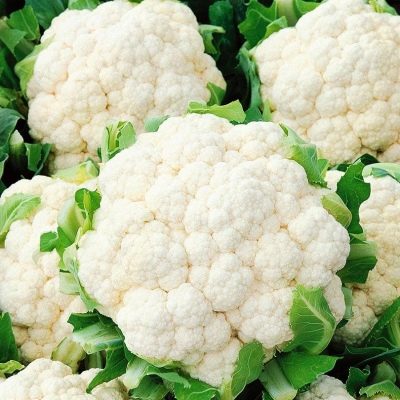
Separately, it is worth highlighting such a plant variety as Romanesco. It has an unusual shape and soft texture. Its buds resemble light flowers in their appearance. It looks very nice. The taste of such plants is delicate and slightly nutty. Fresh fruits are often used to decorate various dishes.
Brussels sprouts and their features
The origin of this variety of cabbage is significantly different from others. The plant was developed in Belgium. It does not occur in the wild. The fruits came to Russia in the 19th century. At the same time, they did not take root in the Russian Federation. On an industrial scale, Brussels sprouts are actively grown in the USA and Great Britain.
This type of cabbage is significantly different from others in its structure. Small heads of cabbage are located on a thick stem. One plant can easily collect 30-50 such heads of cabbage.
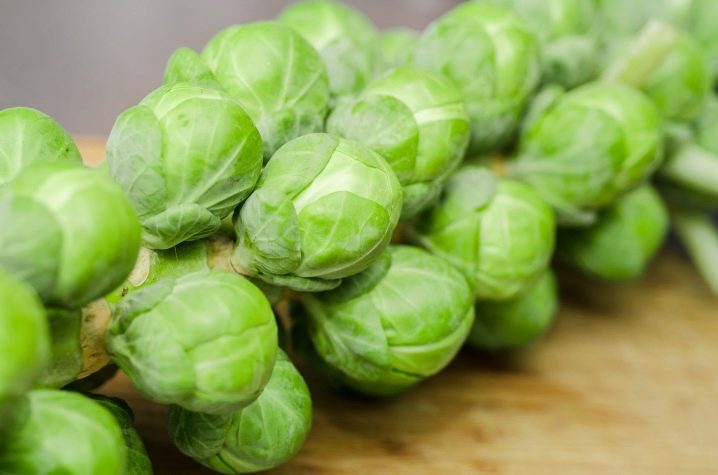
Another distinctive characteristic of Brussels sprouts is its low moisture requirement. Therefore, it is quite easy to care for her. Plants need regular watering only in the hot season.
Ripe heads of cabbage are usually harvested at the end of summer. Store them together with the roots, placing them in boxes or bags. There they are perfectly stored for several months. Heads of cabbage are usually used for making light side dishes and unusual salads.

Kohlrabi
This neat plant consists of a dense root and a thickened stem. His foliage is stretched up. The flesh of the fruit is sweetish, with a rare aftertaste.
It is recommended to grow the crop in light and loose soil. Only in this case will the harvest be tender and juicy. For planting kohlrabi, it is best to choose well-lit areas with slightly acidic soil. The nutrient requirements of these plants are not very high. Therefore, they are usually fed only when transplanted to a permanent place of growth.

Such cabbage can be included in your diet for diabetics. The versatile fruit can be used in light cream soups or added to fresh salads. The harvest harvested in the fall is perfectly stored both in an apartment or house, and in the basement.
Other types
In addition to the most popular varieties of cabbage, there are also slightly less well-known types of this plant.
- Broccoli. It is the closest relative of cauliflower. The plant has a rich green tint. It is completely unpretentious and does not differ in demanding soil fertility. If you cut off the head correctly, new inflorescences will form at the cut site after a while. Broccoli is often used for light, fresh meals. It does not need long-term heat treatment.
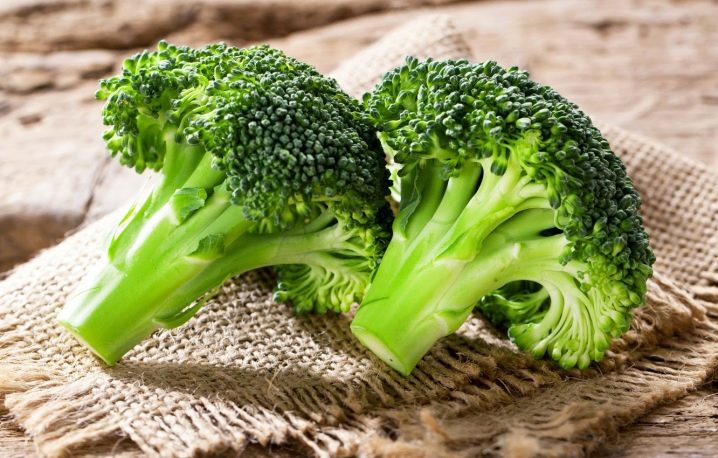
- Chinese. This type of plant does not form either a root crop or a tight head of cabbage. With its appearance, it looks more like a garden salad. The culture consists of green leaves elongated in length. Such cabbage ripens very quickly.Therefore, within a few weeks after planting, its petioles and foliage can already be eaten raw or added to various dishes.
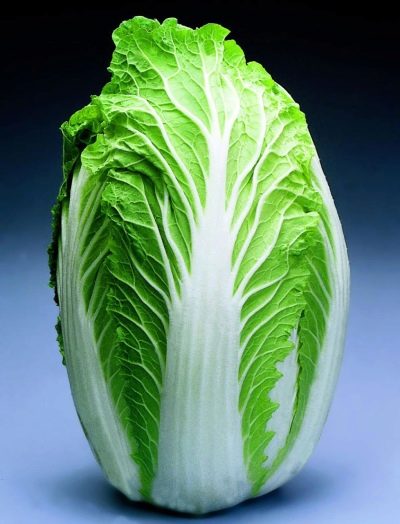
- Leafy. This cabbage also does not form any heads of cabbage. Her sheets are elongated and curly. They can be either dark green or bright purple. The height of the plant depends on its varietal characteristics. This cabbage is used for making light salads and delicious side dishes. In addition, it is often planted in flower beds. The plant serves as a real decoration of the site.
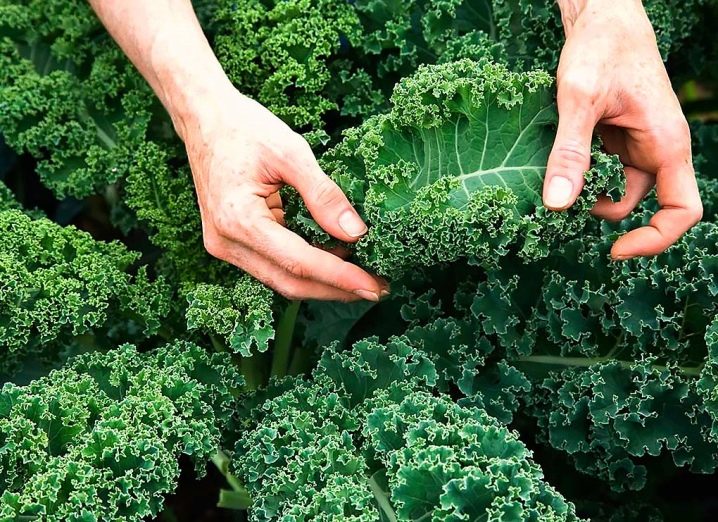
- Calais. This is another type of ornamental cabbage. It can be used to decorate flower beds or home gardens. She is not very popular among Russian gardeners. Nevertheless, the product is very useful. Therefore, it is recommended to introduce it into the diet of people who monitor their health. Kale is usually eaten fresh. At the same time, you can also make delicious vegetable chips, tortillas or side dishes from it. Kale goes well with a variety of herbs and spices.
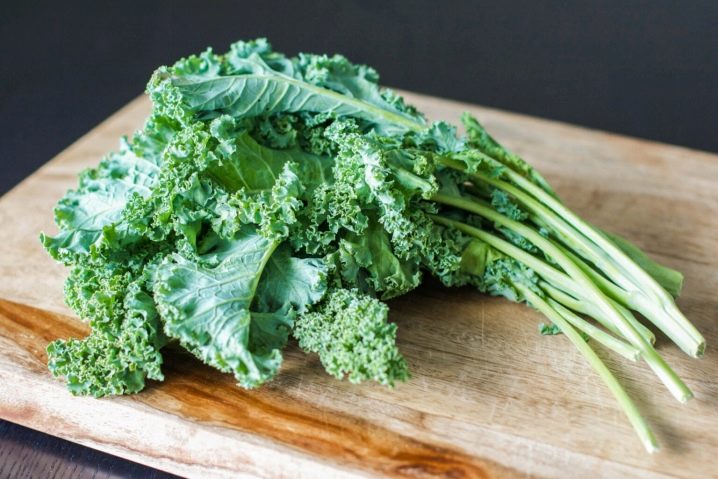
- Japanese. This type of cabbage is quite common in Japan. It does not form inflorescences. The foliage of such a cabbage can be both smooth and corrugated. Its edges are heavily dissected. Anyone can grow this representative of the Cruciferous genus, because she is completely unpretentious. You can harvest juicy Japanese cabbage a couple of times over the summer.
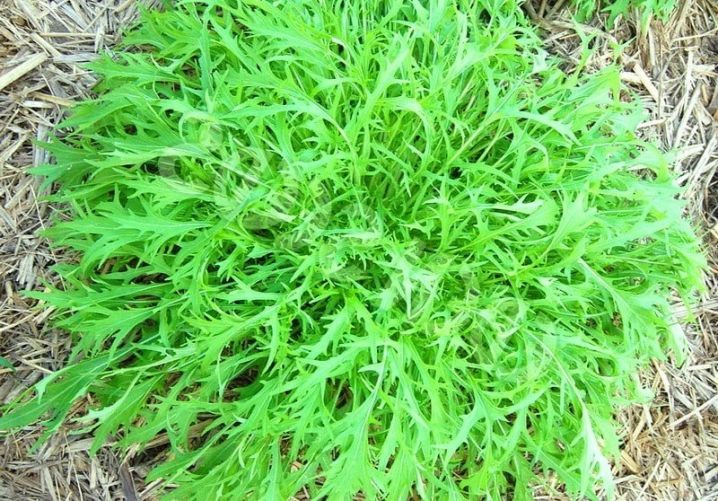
- Beijing. This is another variety of cabbage that looks a lot like a regular salad. It has luscious foliage with jagged edges. The heads of cabbage in plants are not too tight. Most often they are light green in color. But there are also varieties with purple foliage. The aromatic Peking has earned its popularity due to its pleasant taste and short ripening period. Its juicy and crunchy leaves can be used to prepare both first and second courses.
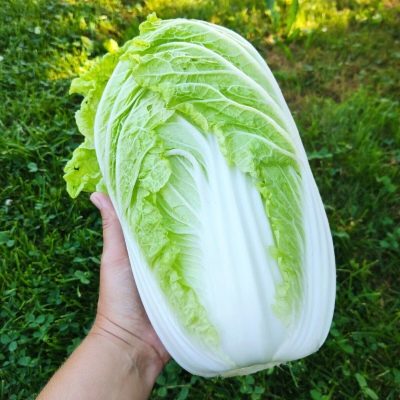
In general, several varieties of cabbage can be grown on your site at once.
The main thing is to provide each plant with proper care.













The comment was sent successfully.